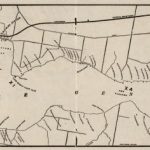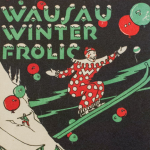Not all bars make commemorative T-shirts for their closing, like the one pictured here, but the 602 Club was not an average bar. The bar, previously located at 602 University Avenue, was just a short walk from the heart of campus, making it a popular choice among students; however, its prime location was not the only thing that kept students coming back during its 40 year run. Dudley Howe, the owner, bought the bar in 1951 and cultivated a lively atmosphere despite not keeping a jukebox and other things people had come to expect from their hangouts. When the bar closed in 1994, only two years after Howe’s death, many mourned it as the last of its kind. Ron Seely, a reporter who covered the closing, even wrote, “It is going the way of all the other lost good things, going the way of drive-in movie theaters and cheap cigars.” However, what had really made the bar so different was that it had been a center of gay sociability at UW-Madison during a time when homosexual students suffered discrimination from the university.
The story of 602 begins with Howe. In 1951, he bought the bar and changed its name from The House of Sparkling Glasses to the 602 Club in reference to its address. His face, as seen on the shirt, was something every regular was familiar with; “Here’s Howe – Since 1951” was no exaggeration. On any given day, people would see Howe at the bar playing card games and telling bad jokes. In later years, a banner with the same photo from the shirt hung above the front bar displaying Howe’s face and welcoming patrons into 602. His tolerance shone through in his hiring practices, he had gay and Black bartenders at a time when neither was the norm. These public facing acts of tolerance, combined with its casual atmosphere, is part of what led the gay community in the early 60’s to go to 602 during the University’s Gay Purge.
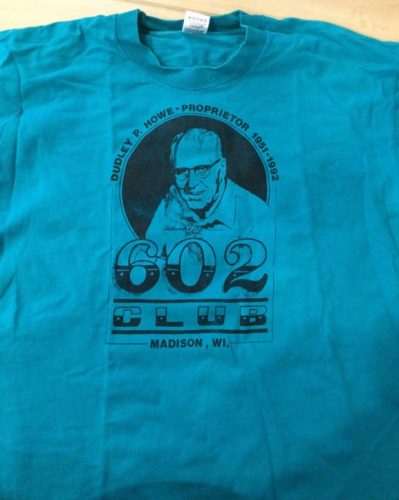
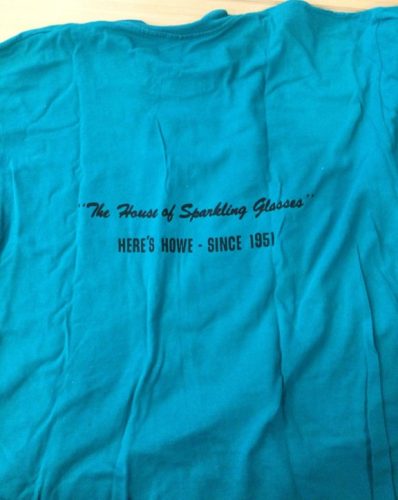
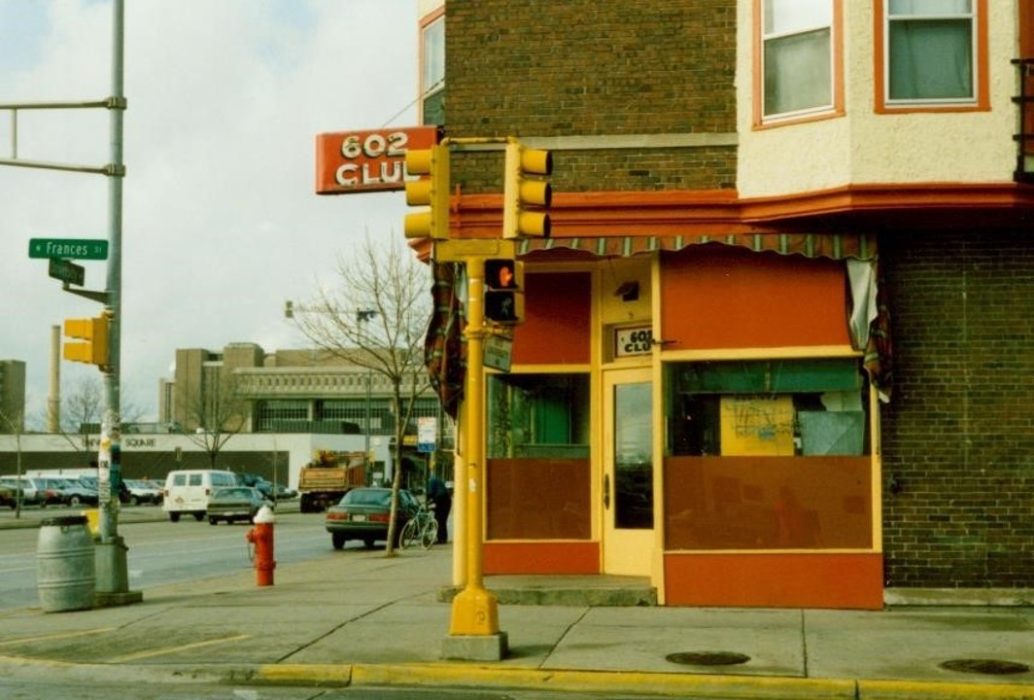
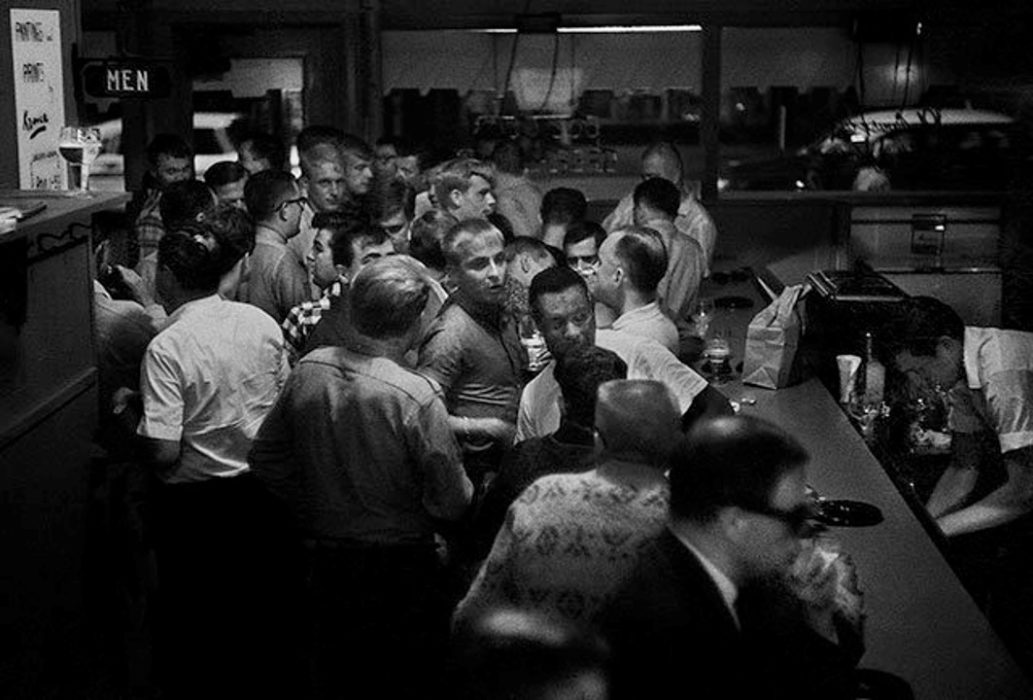
By the time the purge began in 1962, gay men in Madison had already begun frequenting the 602. At that time, homosexual acts were illegal and homosexuality was grounds for commitment to a mental institution; many men at the university were arrested if they were suspected or known to be homosexuals. An arrest usually meant being publicly outed making these men social pariahs and opening them up for discrimination and violence. However, what made 602 safe was that it wasn’t a gay bar in the traditional sense. It had two bars: one in the front of the club and a second in the back, and though it may seem counterintuitive, gay men used the front bar while the rest of the place was occupied by straight patrons. The separation was an unspoken rule, to outsiders it just looked like there were more men at the front bar. This duality made it feel like a haven for gay men in the early sixties. During the purge, many gay men continued going to the 602, but some stopped going there or out altogether because they feared associating with other men would expose them. Though there were other gay bars on campus at the time (like Kollege Klub only a few blocks away on Lake Street) 602’s duality seems to have driven people there.
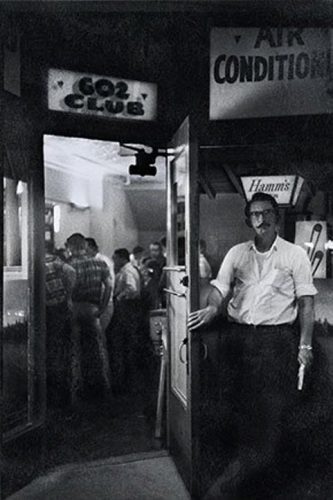
The 602 Club played a crucial role in offering gay men a secure and welcoming social space during the early 1960s, when the university actively sought to identify and expel gay men from the student body. The Gay Purge, as it is popularly called today, was a campaign headed by the Dean of Men Theodore Zillman as part of his broader policy against sexual deviancy on campus that only stopped once the investigations began turning in on gay members of faculty and staff. In order to identify gay students he utilized the university’s Department of Protection and Security and the Student Health Services psychiatric team to create a list of suspected homosexual students to interrogate. Suspected students were then given the choice of being expelled or giving up the names of other gay men. 602 became vitally important because in that space it was hard to tell who was gay and straight, which provided cover and allowed gay men a space to communicate without the fear of being caught, and it continued to be an active gay meeting place for the duration of its existence. Though after national events like the Stonewall Uprising the need to hide became less important, 602’s impact for a generation of gay students is still recognized today.
Written by Rae Kalscheuer, October 2023.
Sources
602 Club. Commemorative T-Shirt, 1992. 602 Club collection, University of Wiscconsin-Madison Archives, Madison, Wisconsin.
Boehm, Andy. “Aug. 1, 1986: The 602 Club Exists out of Time.” Isthmus. Isthmus Community Media, Inc., June 16, 2011. https://isthmus.com/archive/isthmus-35/aug-1-1986-the-602-club-exists-out-of-time/.
Gerard, Ezra. “Gay Purge: The Persecution of Homosexual Students at the University of Wisconsin–Madison, 1962–1963.” Public History Project. Board of Regents of the University of Wisconsin System , March 22, 2021. https://publichistoryproject.wisc.edu/gay-purge-persecution/.
Riggs, John. “History of a Hangout.” Isthmus. Isthmus Community Media, Inc., June 14, 2018. https://isthmus.com/arts/visual-arts/john-riggs-lgbtq-602-club/.
Seely, Ron. “Today is Last Call for the 602 Club.” Madison Wisconsin State Journal Newspaper Archives. March 5, 1994.



